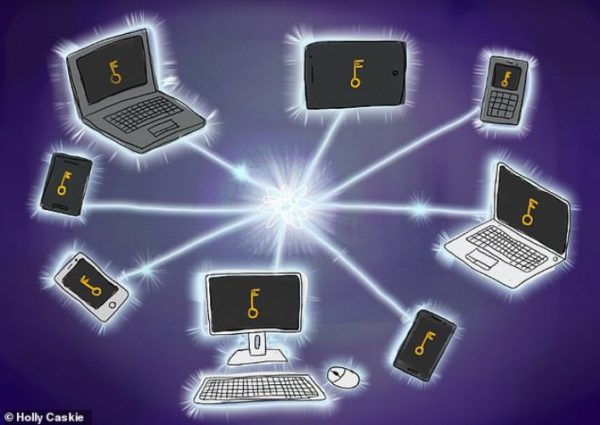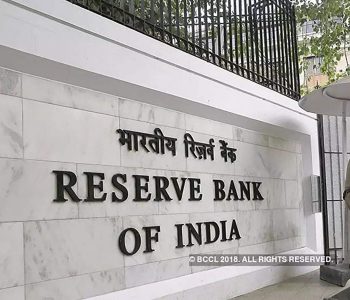Scientists set to test ‘unhackable’ internet, paves way for safer online communication

KATHMANDU: Scientists in the UK have demonstrated a prototype quantum network for secure online communications that can’t be penetrated by cyber attacks.
The University of Bristol’s ‘multiplexing’ system splits light particles that carry information to multiple internet users from a single central source.
Researchers have demonstrated the technology – which employs the odd effects of quantum entanglement – on optical fibres in different locations across Bristol.
If rolled out, the system could make the contents of online messages completely safe from interception while saving several billions of pounds spent on current quantum communications systems.
Quantum tech employs the freaky effects of quantum physics – the nature of matter at the atomic and subatomic levels – for advances in communications.
The researchers say their unique prototype is understood to be the largest-ever quantum network of its kind and could transform how people communicate online.
‘This represents a massive breakthrough and makes the quantum internet a much more realistic proposition,’ said study author Dr Siddarth Joshi at the University of Bristol’s Quantum Engineering Technology (QET) Labs.
‘Until now, building a quantum network has entailed huge cost, time, and resource, as well as often compromising on its security which defeats the whole purpose.
‘Our solution is scalable, relatively cheap and, most important of all, impregnable.

‘That means it’s an exciting game changer and paves the way for much more rapid development and widespread rollout of this technology.’
Generally, the internet relies on complex codes to protect information, but hackers are increasingly adept at outsmarting such systems.
These cyber attacks result in embarrassing privacy breaches for global firms, costing trillions of pounds annually in total and compromising customer data.
With such figures projected to rise, quantum has been hailed for decades as the revolutionary replacement for standard encryption techniques.
So far physicists have developed a form of secure encryption, known as quantum key distribution, in which particles of light, called photons, are transmitted to carry information.
The process allows two parties to share, without the risk of interception, a secret key used to encrypt and decrypt the information.
But to date this technique has only been effective between two users, rather than a network of multiple users.
For a party of eight users to send information to each other, for example, each one has to be establishing one-on-one connections with every other user.
One way of avoiding this is to add a third party to each transmission, but having this ‘person in the middle’ can be a security risk.
Sebastian Neumann at the Austrian Academy of Sciences, one of the experts involved in the project, explains the issue on a blackboard.
Under the former method, for each of the eight users to be able to communicate without a ‘person in the middle’, there would need to be 56 individual connections and receiver boxes.
Under this system, as the user numbers grow, the logistics become increasingly less and less feasible – for instance, 100 users would take 9,900 receiver boxes in total.
The team’s quantum technique applies a seemingly magical principle, called entanglement – a weird physical phenomenon that legendary physicist Albert Einstein described as ‘spooky action at a distance’.
Quantum entanglement describes two particles and their properties becoming linked without physical contact with one another.
This means two different particles placed in separate locations, potentially thousands of miles apart, can simultaneously mimic each other.
This process presents far greater opportunities for quantum computers, sensors and information processing.
Instead of making a physical connection, such as a glass fibre, between each and every user, the researchers created a system where every user only has a single glass fibre connected to a source of quantum entanglement.
‘Until now efforts to expand the network have involved vast infrastructure and a system which requires the creation of another transmitter and receiver for every additional user,’ said Dr Joshi.
‘Sharing messages in this way, known as trusted nodes, is just not good enough because it uses so much extra hardware which could leak and would no longer be totally secure.
‘Instead of having to replicate the whole communication system, this latest methodology, called multiplexing, splits the light particles, emitted by a single system, so they can be received by multiple users efficiently.’
The team created a network for eight users using receiver boxes monitored within the lab, each receiving information from the single system.
To demonstrate its functionality across distance, the receiver boxes were connected to optical fibres via different locations across Bristol and the ability to transmit messages via quantum communication was tested using the city’s existing optical fibre network.
‘Besides being completely secure, the beauty of this new technique is its streamline agility, which requires minimal hardware because it integrates with existing technology, ‘Dr Joshi said.
While previous quantum systems have taken years to build, at a cost of millions or even billions of pounds, this network was created within months for less than £300,000.
The financial advantages of multiplexing technology become more apparent as the network expands.
While 100 users on previous quantum systems might cost in the region of £5 billion, Dr Joshi believes multiplexing could slash that to around £4.5 million, less than 1 per cent.
‘With these economies of scale, the prospect of a quantum internet for universal usage is much less far-fetched,’ said Dr Joshi.
‘We have proved the concept and by further refining our multiplexing methods to optimise and share resources in the network, we could be looking at serving not just hundreds or thousands, but potentially millions of users in the not too distant future.’ Via DailyMail














Facebook Comment